Hydrotherapy has emerged as one of the most effective and versatile therapeutic interventions for senior Golden Retrievers, offering unique benefits that cannot be replicated through land-based exercises alone. The natural properties of water—including buoyancy, hydrostatic pressure, and resistance—create an ideal environment for therapeutic exercise that accommodates the specific challenges facing aging Golden Retrievers. From arthritis management to post-surgical rehabilitation, cardiovascular conditioning to weight management, hydrotherapy provides a comprehensive approach to maintaining health and mobility throughout the senior years.
The growing recognition of hydrotherapy’s benefits has led to increased availability of specialized canine aquatic facilities, underwater treadmills, and professional rehabilitation programs designed specifically for senior dogs. However, the effectiveness of hydrotherapy depends heavily on proper implementation, appropriate safety measures, and understanding of both benefits and potential risks. Senior Golden Retrievers require specialized considerations due to age-related changes in cardiovascular function, temperature regulation, and mobility that influence how they respond to aquatic therapy.
Golden Retrievers, with their natural affinity for water and swimming abilities, often make ideal candidates for hydrotherapy programs. Their cooperative temperament, strong motivation to please, and generally positive attitude toward water-based activities facilitate successful implementation of therapeutic protocols. Understanding how to maximize benefits while minimizing risks ensures that hydrotherapy becomes a valuable tool for supporting health, mobility, and quality of life throughout the golden years.
Understanding Hydrotherapy Principles
The Science of Aquatic Therapy
Water provides unique physical properties that create therapeutic benefits impossible to achieve through terrestrial exercise alone. These properties work synergistically to support rehabilitation and maintenance goals for senior Golden Retrievers.
Buoyancy Effects: Water’s buoyancy reduces gravitational forces on joints and tissues, allowing dogs to exercise with significantly reduced weight-bearing stress. At chest-deep water levels, buoyancy can reduce weight-bearing by up to 62%, while shoulder-deep water reduces it by approximately 91%.
Hydrostatic Pressure: The pressure exerted by water provides gentle compression that supports circulation, reduces swelling, and provides proprioceptive feedback that enhances balance and coordination. This pressure increases with water depth, providing graduated therapeutic benefits.
Viscosity and Resistance: Water’s viscosity provides natural resistance that strengthens muscles throughout the full range of motion while remaining gentle on joints. This resistance is accommodating, meaning it matches the force applied, making it safe for dogs with varying strength levels.
Temperature Effects: Warm water therapy (typically 83-88°F for therapeutic pools) helps relax muscles, reduce stiffness, and improve circulation, while cooler water can provide anti-inflammatory effects when used strategically.
Types of Hydrotherapy Modalities
Swimming Therapy: Free swimming in pools allows for total body exercise with complete range of motion and cardiovascular conditioning. This modality provides the most natural water exercise experience for dogs comfortable with swimming.
Underwater Treadmill: Combines the benefits of walking exercise with water support, allowing for controlled gait training with adjustable water levels, speed settings, and resistance modifications.
Whirlpool Therapy: Combines warm water immersion with gentle water circulation to promote relaxation, improve circulation, and provide pain relief through heat and gentle massage effects.
Cold Water Therapy: Strategic use of cooler water temperatures can provide anti-inflammatory effects and pain relief, particularly beneficial after intensive exercise sessions or for acute inflammation management.
| Hydrotherapy Type | Primary Benefits | Ideal Conditions | Session Duration | Frequency |
|---|---|---|---|---|
| Swimming | Total body conditioning, cardiovascular fitness | Arthritis, general conditioning | 10-30 minutes | 2-3 times weekly |
| Underwater Treadmill | Controlled gait training, specific muscle targeting | Post-surgical, gait abnormalities | 5-20 minutes | 2-4 times weekly |
| Whirlpool Therapy | Pain relief, circulation improvement | Muscle tension, acute inflammation | 10-15 minutes | As needed |
| Cold Water Therapy | Anti-inflammatory effects | Post-exercise, acute injuries | 30 seconds-5 minutes | After exercise sessions |
Benefits for Senior Golden Retrievers
Musculoskeletal System Support
Joint Health Preservation: The reduced weight-bearing environment of hydrotherapy allows dogs with arthritis or joint problems to exercise without exacerbating inflammation or causing additional joint damage.
Muscle Strengthening: Water resistance provides strengthening benefits for all major muscle groups while being gentler than traditional weight-bearing exercises. This is particularly valuable for senior dogs who may have muscle atrophy from reduced activity.
Range of Motion Improvement: The buoyancy of water allows for easier joint movement through full ranges of motion, helping maintain or improve flexibility in stiff or arthritic joints.
Pain Reduction: The combination of warm water, reduced weight-bearing, and gentle exercise often provides significant pain relief for dogs with chronic musculoskeletal conditions.
Cardiovascular and Respiratory Benefits
Cardiac Conditioning: Swimming and underwater treadmill exercise provide excellent cardiovascular workouts that can be precisely controlled for intensity and duration, making them safe for senior dogs with heart conditions.
Improved Circulation: Hydrostatic pressure and exercise combine to enhance circulation, which can be particularly beneficial for senior dogs with compromised cardiovascular function.
Respiratory Enhancement: The mild pressure from water on the chest and abdomen can help improve respiratory muscle strength and breathing efficiency.
Endurance Building: Aquatic exercise allows for gradual endurance building without the high impact stress of land-based aerobic activities.
Neurological and Balance Benefits
Proprioceptive Enhancement: Water provides constant sensory feedback that helps improve balance, coordination, and spatial awareness, which may decline with age.
Gait Training: Underwater treadmills allow for controlled gait retraining and correction of movement abnormalities that may develop due to pain or weakness.
Confidence Building: Many dogs gain confidence in their movement abilities through successful aquatic exercise experiences, leading to improved mobility on land.
Sensory Stimulation: The aquatic environment provides rich sensory input that can help maintain neurological function and prevent cognitive decline.
Weight Management and Metabolic Support
Caloric Expenditure: Aquatic exercise burns significant calories while being easier on joints than land-based exercise, making it ideal for weight management in senior dogs.
Muscle Mass Preservation: The resistance properties of water help maintain muscle mass during weight loss programs, ensuring that weight reduction comes from fat rather than muscle tissue.
Metabolic Stimulation: Regular aquatic exercise helps maintain metabolic rate and can improve insulin sensitivity, which may decline with age.
Appetite Regulation: Appropriate exercise often helps normalize appetite patterns, supporting healthy weight maintenance.
Specific Applications for Senior Conditions
Arthritis Management
Pain Relief Protocol: Warm water therapy sessions can provide immediate pain relief for arthritic joints while allowing for gentle movement that maintains joint mobility.
Exercise Progression: Hydrotherapy allows for graduated exercise progression that accommodates arthritis severity while promoting improvement over time.
Inflammation Control: Alternating warm water exercise with brief cold water therapy can help manage inflammation associated with arthritis flares.
Functional Improvement: Regular hydrotherapy often leads to improved daily function, including easier rising, walking, and stair navigation.
Post-Surgical Rehabilitation
Early Mobilization: Hydrotherapy allows for earlier post-surgical mobilization than land-based exercise, potentially improving outcomes and reducing recovery time.
Controlled Loading: Graduated weight-bearing through adjustable water levels helps surgical sites heal while maintaining muscle strength and joint mobility.
Scar Tissue Management: Water pressure and movement help prevent excessive scar tissue formation while promoting optimal healing.
Confidence Restoration: Successful movement in water often helps dogs regain confidence in their surgical limb before returning to full land-based activity.
Cardiovascular Support
Heart Disease Management: Controlled aquatic exercise provides cardiovascular conditioning for dogs with heart conditions while allowing for precise monitoring and adjustment of exercise intensity.
Blood Pressure Benefits: Regular appropriate exercise can help manage blood pressure in senior dogs, with aquatic exercise being particularly safe for dogs with cardiovascular concerns.
Circulation Enhancement: The combination of exercise and hydrostatic pressure provides superior circulation benefits compared to land-based exercise alone.
Cardiac Rehabilitation: Dogs recovering from cardiac episodes or procedures can benefit from carefully monitored aquatic rehabilitation programs.
| Condition | Hydrotherapy Benefits | Specific Protocols | Expected Outcomes |
|---|---|---|---|
| Arthritis | Pain relief, improved mobility | Warm water swimming, gentle resistance | Reduced pain, increased activity |
| Post-Surgery | Controlled rehabilitation, faster recovery | Progressive loading, range of motion | Restored function, reduced complications |
| Heart Disease | Safe cardiovascular conditioning | Low-intensity, monitored sessions | Improved fitness, stable heart function |
| Obesity | Effective weight loss, muscle preservation | High-calorie burn, muscle strengthening | Weight reduction, improved mobility |
| Neurological | Balance improvement, confidence building | Proprioceptive training, gait work | Better coordination, reduced fall risk |
Safety Considerations and Precautions
Pre-Therapy Health Assessment
Veterinary Clearance: All senior Golden Retrievers should receive veterinary clearance before beginning hydrotherapy programs, with particular attention to cardiac, respiratory, and skin health.
Condition-Specific Evaluation: Dogs with specific health conditions require specialized assessment to determine appropriate hydrotherapy protocols and identify potential contraindications.
Fitness Level Assessment: Baseline fitness evaluation helps determine appropriate starting intensities and progression rates for hydrotherapy programs.
Water Comfort Evaluation: Assessing a dog’s comfort level with water helps determine the best approach for introduction to hydrotherapy and identifies dogs who may need additional support or alternative approaches.
Contraindications and Restrictions
Absolute Contraindications: Certain conditions completely contraindicate hydrotherapy, including open wounds, severe skin conditions, uncontrolled seizures, severe cardiac arrhythmias, and acute infections.
Relative Contraindications: Some conditions require special precautions or modifications, such as mild heart murmurs, controlled diabetes, or recent surgical sites.
Temporary Restrictions: Conditions such as ear infections, minor skin irritations, or recent vaccinations may require temporary postponement of hydrotherapy.
Individual Limitations: Some dogs may have individual characteristics that limit their suitability for certain types of hydrotherapy, requiring program modifications or alternative approaches.
Water Quality and Environmental Safety
Chemical Balance: Proper pool chemistry is essential for preventing skin and ear irritation, with chlorine levels, pH, and other chemical parameters maintained within safe ranges.
Temperature Control: Water temperature must be appropriate for therapeutic goals while ensuring comfort and preventing hypothermia or overheating.
Filtration and Circulation: Adequate water filtration and circulation systems help maintain water quality and prevent bacterial or fungal growth.
Emergency Equipment: Proper safety equipment including flotation devices, emergency exits, and rescue equipment must be readily available.
Supervision and Professional Guidance
Qualified Personnel: Hydrotherapy should be supervised by trained professionals who understand canine anatomy, physiology, and emergency procedures.
Continuous Monitoring: Dogs should be continuously monitored during hydrotherapy sessions for signs of fatigue, distress, or adverse reactions.
Emergency Protocols: Clear emergency procedures should be established and all personnel should be trained in emergency response, including CPR and first aid for dogs.
Communication Systems: Reliable communication systems should be in place to contact veterinary professionals if emergencies arise during therapy sessions.
| Safety Area | Key Considerations | Monitoring Points | Emergency Actions |
|---|---|---|---|
| Health Status | Pre-therapy clearance, ongoing assessment | Vital signs, behavior, response | Immediate cessation, veterinary contact |
| Water Quality | Chemical balance, temperature, cleanliness | Regular testing, maintenance | Water treatment, session postponement |
| Equipment Safety | Proper function, accessibility, maintenance | Pre-session checks, regular servicing | Equipment replacement, alternative methods |
| Environmental | Secure facilities, emergency access | Facility inspection, safety protocols | Evacuation procedures, emergency response |
Program Development and Implementation
Initial Assessment and Goal Setting
Comprehensive Evaluation: Initial assessment should include physical examination, movement analysis, pain assessment, and evaluation of specific conditions that might benefit from hydrotherapy.
Goal Establishment: Clear, measurable goals should be established based on the dog’s condition, owner expectations, and realistic outcomes from hydrotherapy intervention.
Program Design: Individual programs should be designed based on assessment findings, established goals, and the dog’s tolerance and response to aquatic environments.
Timeline Development: Realistic timelines for achieving goals help set appropriate expectations and guide program progression and modification.
Progressive Training Protocols
Water Introduction: Dogs new to hydrotherapy require gradual introduction to aquatic environments, starting with shallow water and progressing based on comfort and confidence levels.
Skill Development: Swimming skills and water confidence may need to be developed before therapeutic protocols can be fully implemented.
Intensity Progression: Exercise intensity should be increased gradually based on individual response, fitness improvement, and tolerance levels.
Technique Refinement: Specific therapeutic techniques should be introduced progressively as dogs become comfortable with basic aquatic exercise.
Session Structure and Protocols
Warm-Up Procedures: Each session should begin with appropriate warm-up activities to prepare muscles and joints for more intensive exercise.
Main Exercise Phase: The primary therapeutic exercise should be tailored to individual goals and tolerance levels, with continuous monitoring for appropriate response.
Cool-Down Period: Gradual cool-down helps prevent muscle stiffness and allows for assessment of the dog’s response to the session.
Post-Session Care: Appropriate post-session care including drying, warming, and rest helps optimize therapeutic benefits while preventing complications.
Monitoring and Adjustment
Response Assessment: Regular assessment of the dog’s response to hydrotherapy helps guide program modifications and ensures continued appropriateness of interventions.
Progress Tracking: Systematic tracking of improvements in mobility, strength, endurance, and other relevant parameters helps demonstrate program effectiveness.
Program Modification: Protocols should be adjusted based on response, progress, and changing health status to maintain optimal therapeutic benefits.
Communication with Veterinary Team: Regular communication with the dog’s veterinary team ensures coordinated care and appropriate program adjustments based on overall health status.
Home-Based Hydrotherapy Options
Swimming Pool Adaptations
Pool Modifications: Home swimming pools can be adapted for therapeutic use through temperature control, entry/exit modifications, and safety enhancements.
Safety Enhancements: Additional safety measures such as non-slip surfaces, flotation devices, and emergency equipment are essential for home-based programs.
Water Quality Management: Maintaining appropriate water chemistry becomes more challenging in home settings but remains essential for preventing health complications.
Supervision Requirements: Constant supervision remains necessary even in familiar home environments, as emergencies can occur in any aquatic setting.
Natural Water Sources
Lake and Pond Swimming: Natural water sources can provide therapeutic opportunities but require careful assessment of water quality, temperature, and safety factors.
Beach and Ocean Therapy: Saltwater environments can provide unique therapeutic benefits but require additional safety precautions due to waves, currents, and marine hazards.
Stream and River Considerations: Moving water provides different therapeutic challenges and benefits but requires expert assessment of safety and appropriateness.
Seasonal Availability: Natural water sources may only be available seasonally, requiring alternative arrangements during certain times of year.
Portable and Temporary Solutions
Inflatable Therapy Pools: Specialized inflatable pools designed for canine therapy can provide home-based options for smaller dogs or limited therapy needs.
Temporary Pool Installations: Some families invest in temporary above-ground pools specifically for their dog’s therapeutic needs.
Mobile Hydrotherapy Services: Some areas offer mobile hydrotherapy services that bring equipment and expertise directly to homes.
Community Resources: Some communities provide access to therapy pools through veterinary clinics, rehabilitation centers, or dog training facilities.
| Home Option | Advantages | Disadvantages | Safety Requirements |
|---|---|---|---|
| Private Pool | Convenience, controlled environment | High setup cost, maintenance | Professional modification, constant supervision |
| Natural Water | Natural setting, low cost | Variable conditions, safety risks | Careful site selection, emergency planning |
| Portable Pools | Flexibility, lower cost | Size limitations, setup requirements | Proper installation, supervision |
| Mobile Services | Professional supervision, convenience | Higher cost, scheduling limitations | Verified credentials, emergency protocols |
Long-Term Program Management
Maintenance Protocols
Ongoing Assessment: Regular reassessment of goals, progress, and program appropriateness ensures continued benefit from hydrotherapy interventions.
Seasonal Adjustments: Programs may need modification based on seasonal changes in water availability, temperature, and the dog’s activity levels.
Health Status Monitoring: Continuous monitoring of overall health status helps identify when program modifications are needed or when hydrotherapy should be discontinued.
Equipment Maintenance: Regular maintenance of equipment and facilities ensures continued safety and effectiveness of hydrotherapy programs.
Integration with Overall Care
Veterinary Coordination: Hydrotherapy should be coordinated with overall veterinary care to ensure compatibility with other treatments and medications.
Physical Therapy Integration: Combining hydrotherapy with land-based physical therapy often provides superior outcomes compared to either approach alone.
Nutritional Support: Appropriate nutrition supports the increased energy demands and recovery needs associated with regular hydrotherapy.
Rest and Recovery: Adequate rest between sessions and attention to recovery signs helps optimize therapeutic benefits while preventing overexertion.
Quality of Life Assessment
Functional Improvement: Regular assessment of daily function helps determine whether hydrotherapy is achieving meaningful improvements in quality of life.
Pain Management: Monitoring pain levels and comfort helps guide program intensity and frequency adjustments.
Enjoyment and Tolerance: Ensuring that dogs continue to enjoy hydrotherapy sessions supports long-term compliance and effectiveness.
Overall Well-being: Holistic assessment of physical and emotional well-being helps determine the overall value of hydrotherapy in the dog’s care plan.
Embracing Aquatic Therapy for Golden Years
Hydrotherapy represents one of the most valuable therapeutic interventions available for senior Golden Retrievers, offering unique benefits that can significantly impact mobility, comfort, and quality of life throughout their golden years. The natural properties of water create an ideal environment for therapeutic exercise that accommodates the specific challenges of aging while promoting health and well-being in ways that land-based exercise cannot match.
The success of hydrotherapy programs depends on careful planning, appropriate safety measures, and individualized approaches that consider each dog’s specific needs, health status, and capabilities. When implemented properly with professional guidance and ongoing monitoring, hydrotherapy can provide years of therapeutic benefit while supporting the active aging that allows Golden Retrievers to maintain their vitality and joy in life.
The investment in hydrotherapy often pays dividends not only in improved physical function but also in enhanced quality of life, maintained independence, and continued opportunities for enjoyable activity. Many senior Golden Retrievers find new enthusiasm for exercise through hydrotherapy, discovering that water-based activity allows them to move with comfort and confidence despite age-related limitations.
Your commitment to exploring and implementing hydrotherapy for your senior Golden Retriever demonstrates dedication to providing the highest quality care throughout their golden years. Through careful attention to safety, professional guidance, and individualized program development, hydrotherapy can become a valuable component of comprehensive senior care that supports health, mobility, and the continued joy that makes every day with your beloved companion special.

Rafael Souza is a digital marketing strategist and lifelong dog enthusiast. Passionate about Golden Retrievers, he shares practical, research-based tips to help owners provide healthier and happier lives for their furry companions.

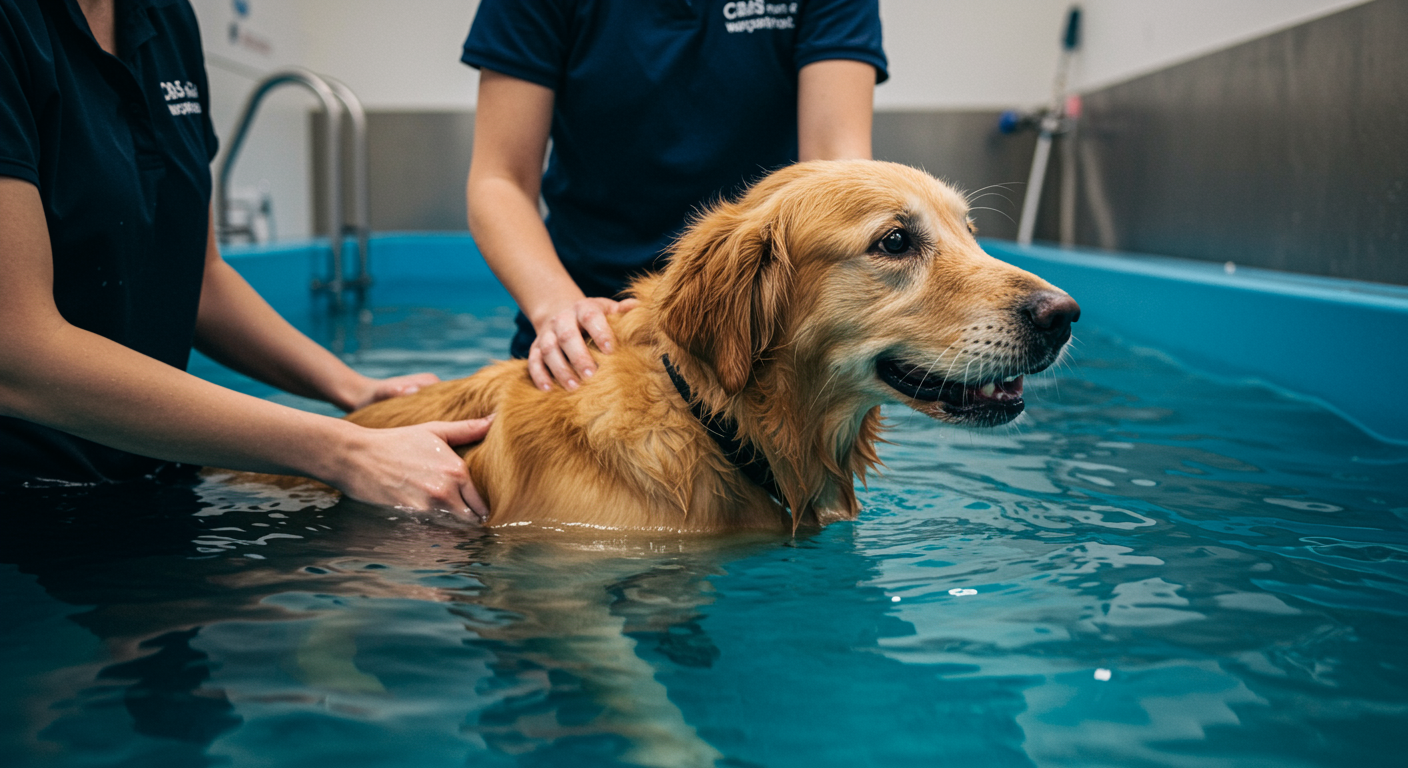
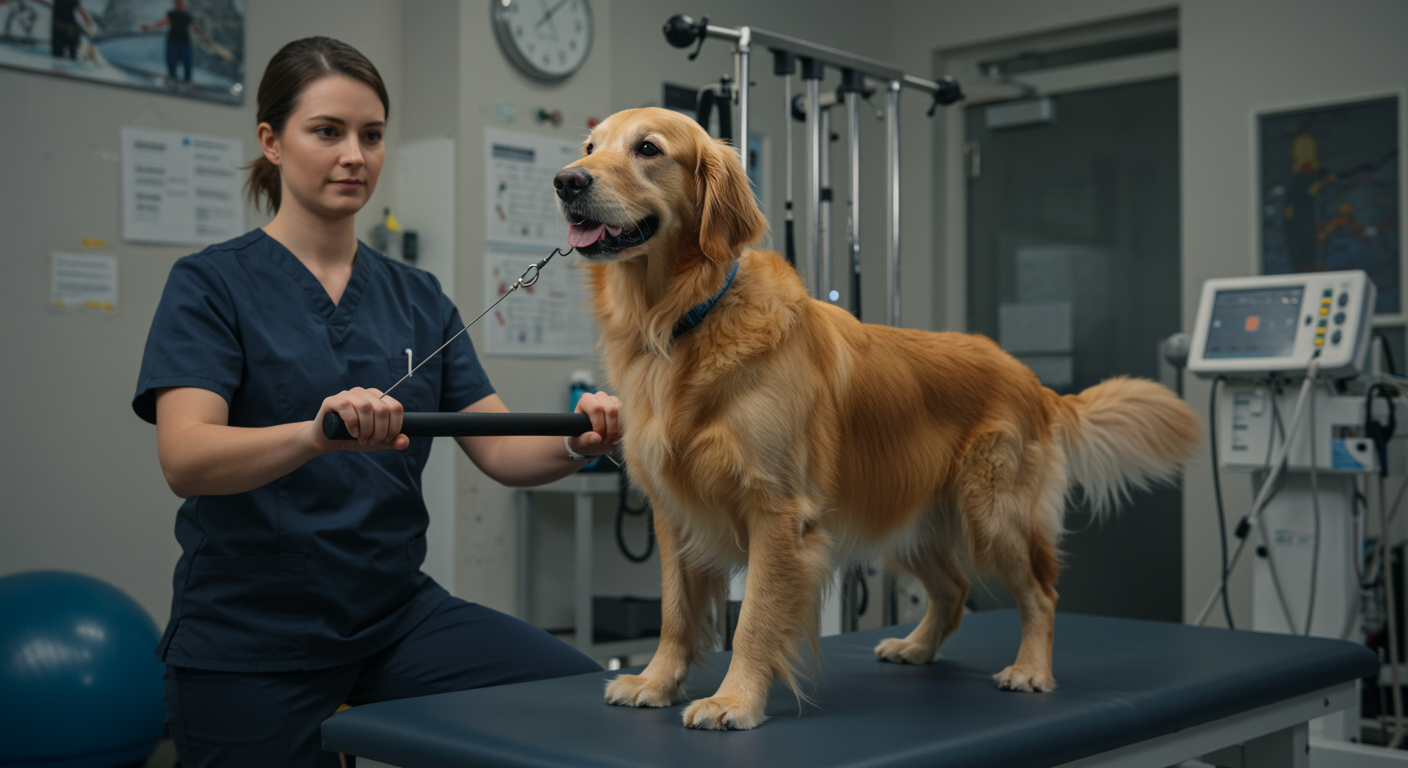
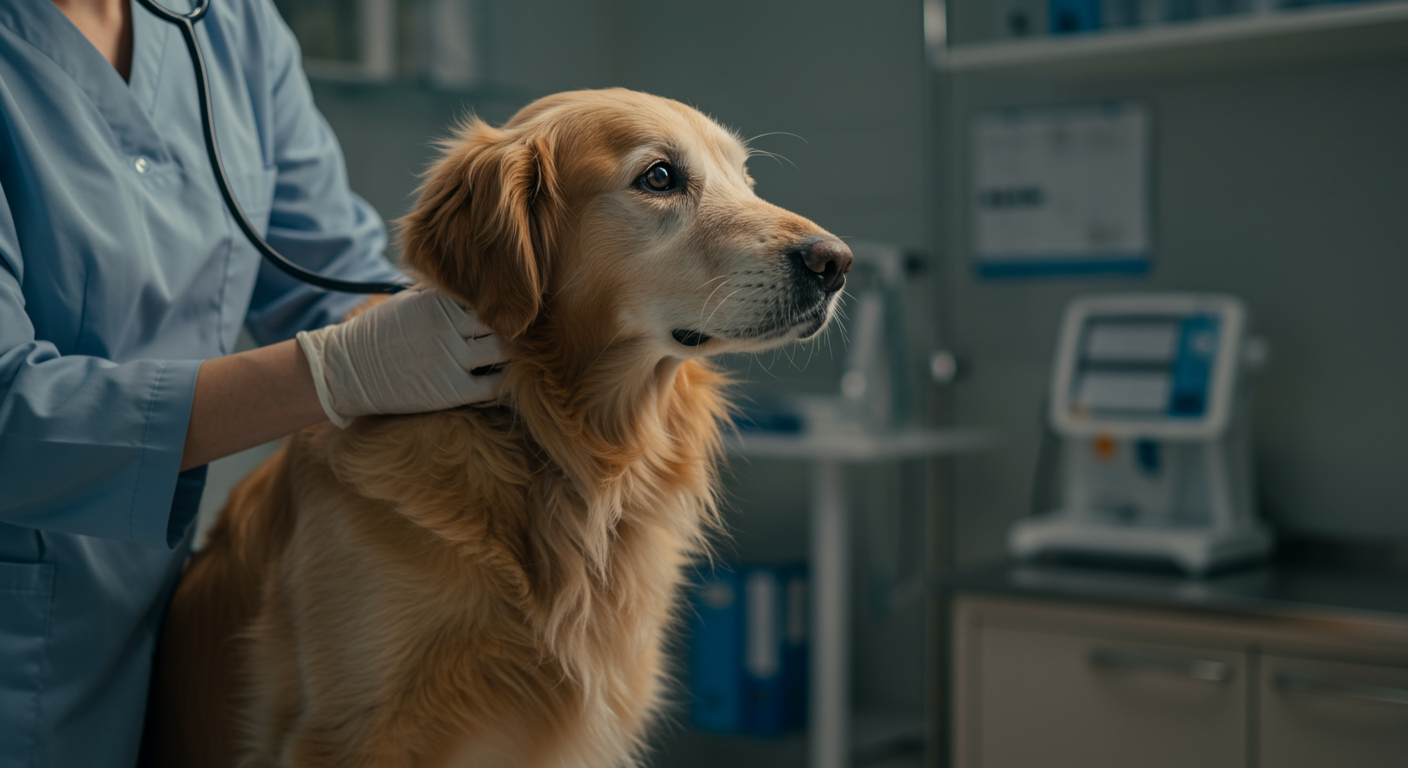
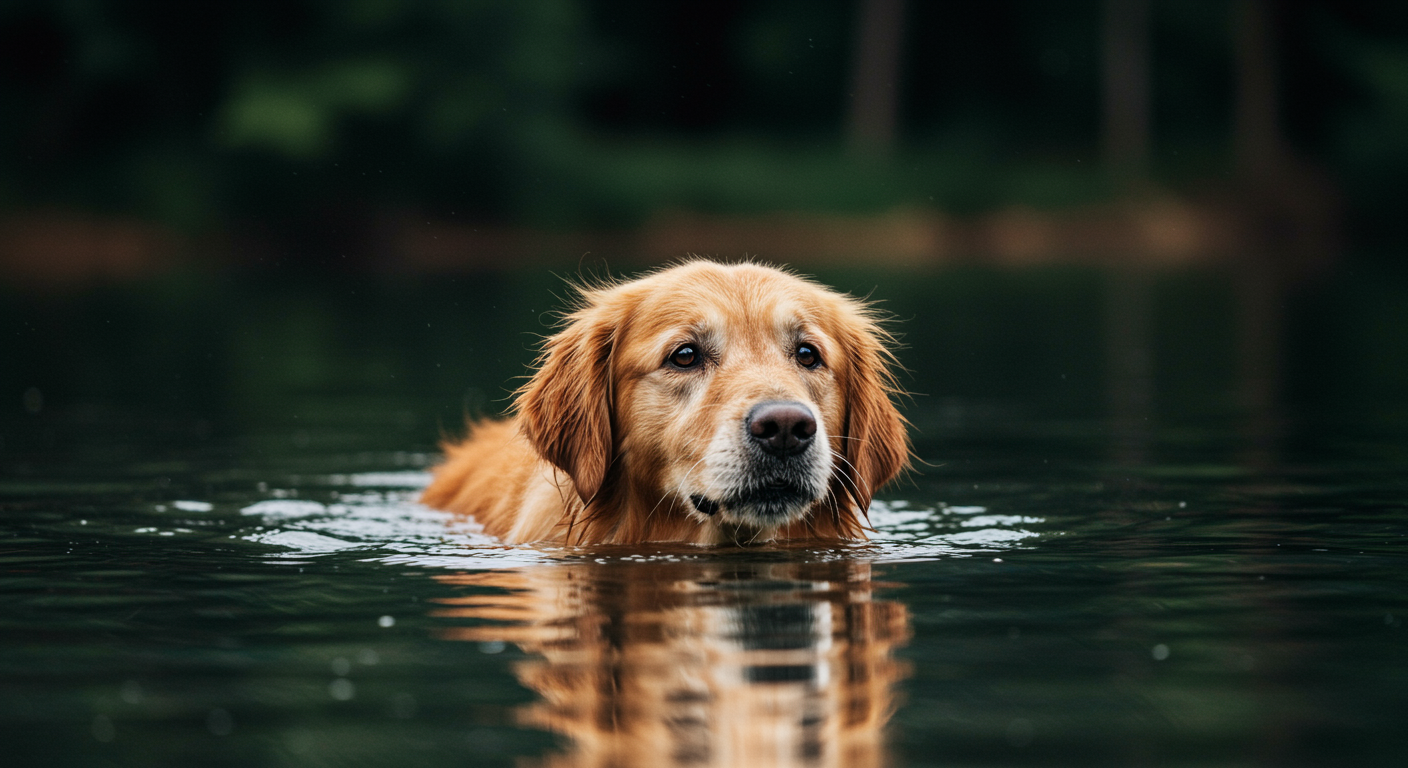
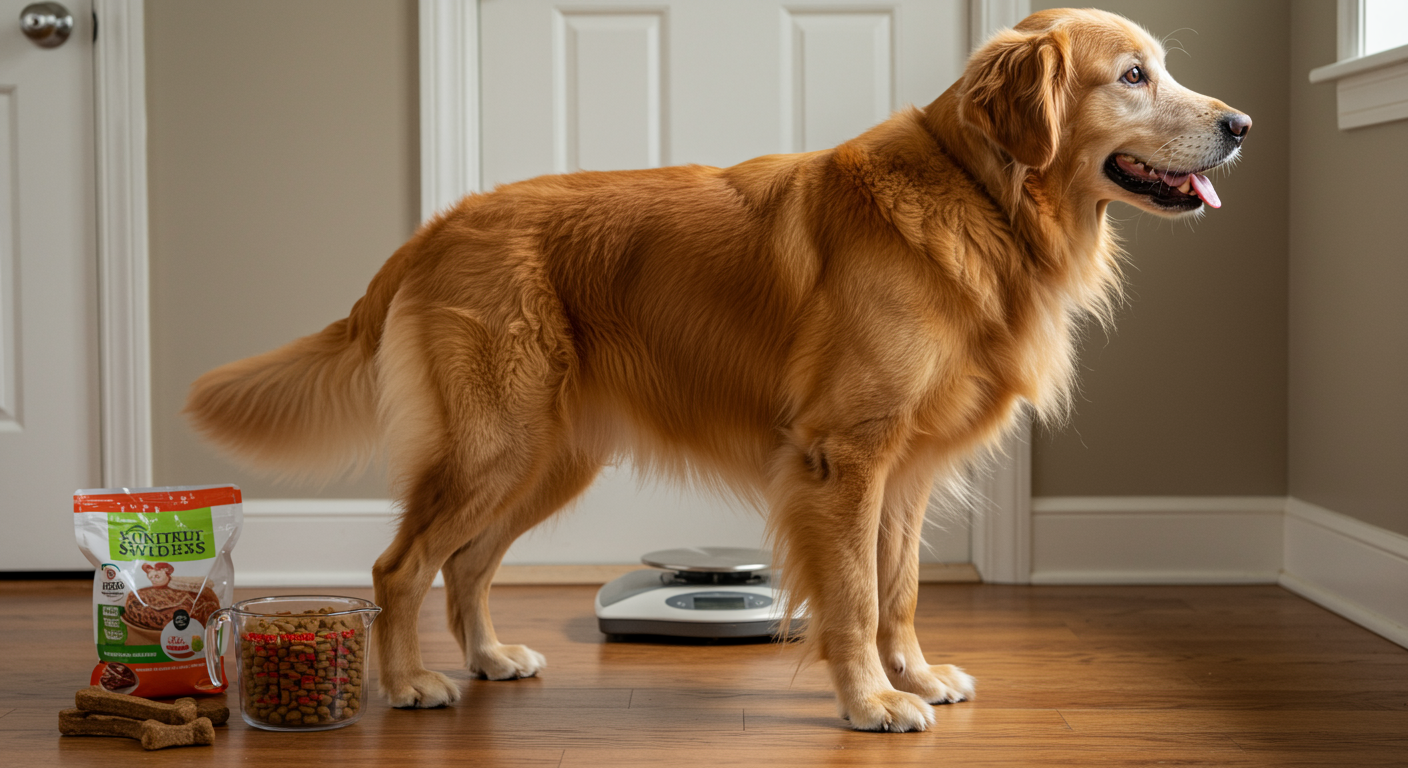
3 thoughts on “Hydrotherapy for Senior Golden Retrievers: Benefits and Precautions”